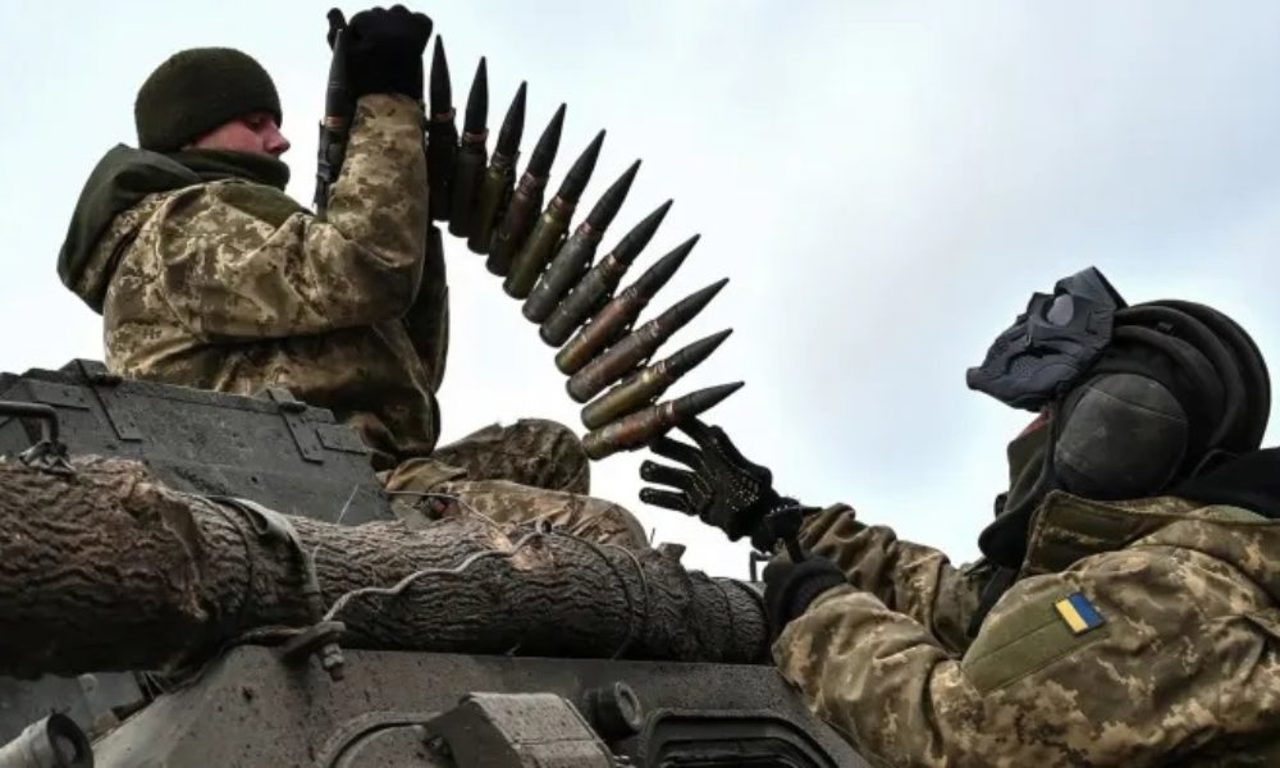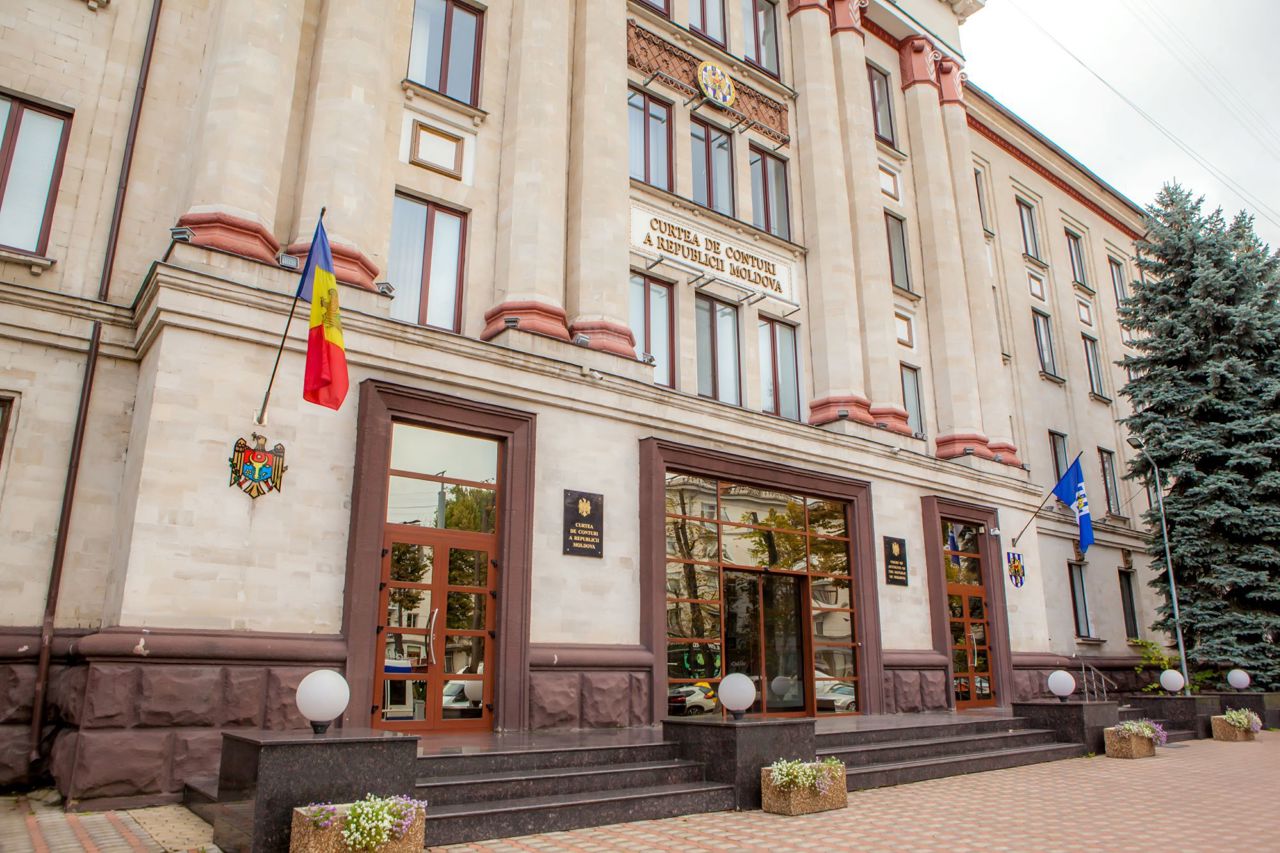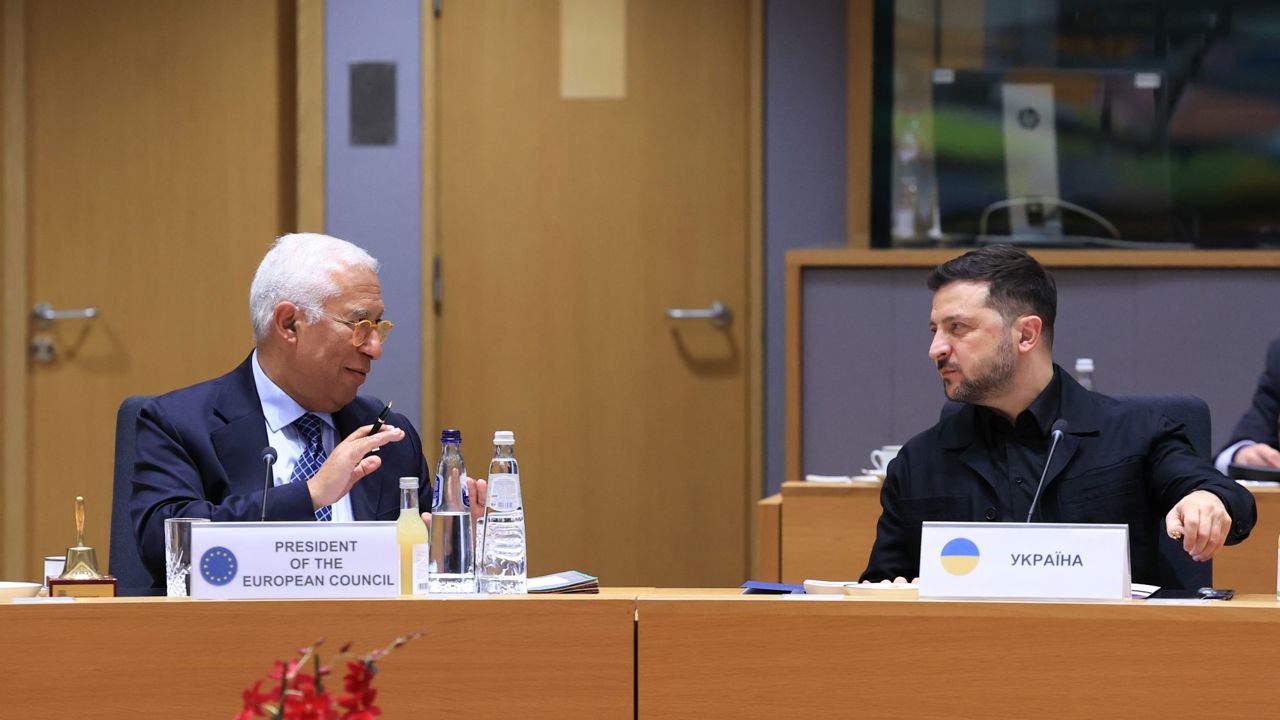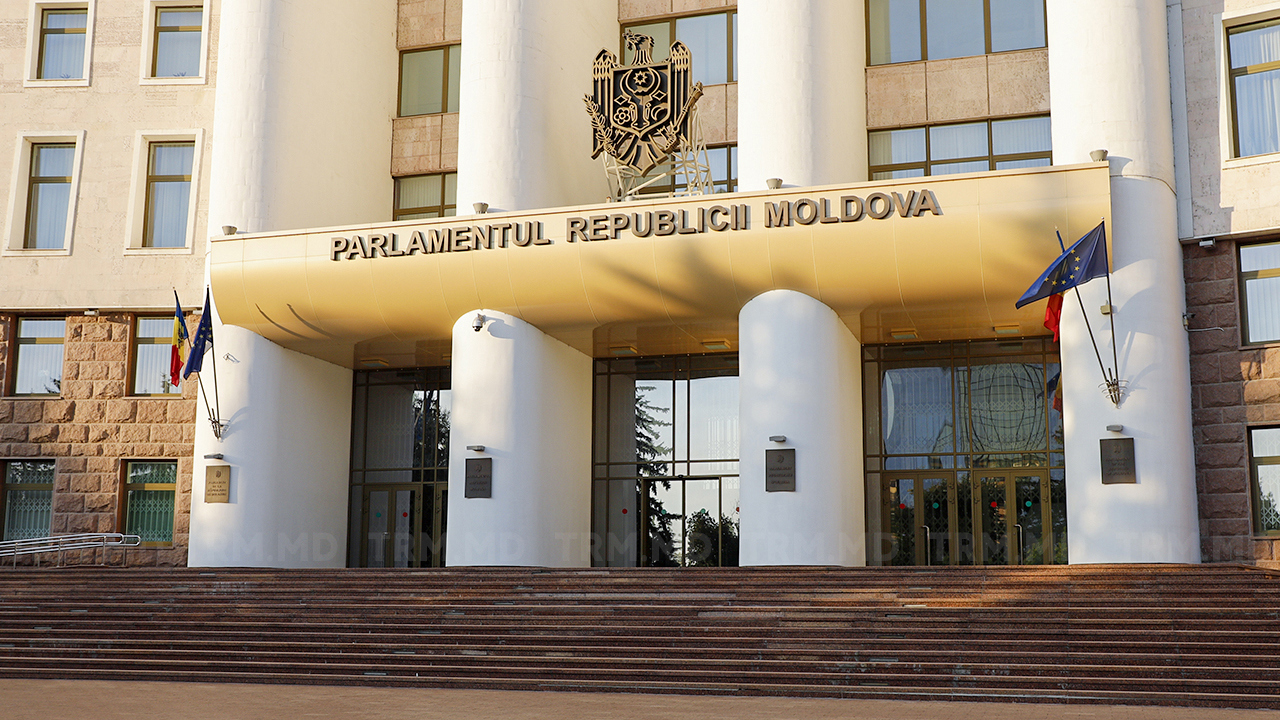BBC analysis: Ukraine counter-offensive against Russia yields only small gains in first 2 months
The war in Ukraine has reached a critical point. Where it goes from here could decide the country's future and affect the security of Europe, writes BBC.

In the 18 months since Russia invaded, the Ukrainians have mostly been on the defensive, preventing Moscow's forces from seizing more territory.
But this summer, Ukraine - with the help of billions of pounds of Western military equipment - has gone on the attack, attempting to expel the Russians from land they previously captured in the east and south of the country. Two months into this counter-offensive, and with time of the essence before the onset of winter, are Ukrainian troops making any real progress?
Working with BBC Verify, we have analysed video of the fighting and spoken to experts to try to answer that question. One look at a large-scale map of eastern and southern Ukraine shows that not much has changed in the two months since the counter-offensive began.
Russia still occupies nearly one-fifth of Ukraine - including the cities of Donetsk, in the east, and Mariupol, which it captured after months of siege - and its forces are well dug in.
In fact, not much has changed in the nine months since November 2022, when Ukraine made its last significant gain, retaking the southern city of Kherson and large areas in the north-east.
But it hasn't all been bad news for Ukraine. It says its troops have recently retaken the village of Staromaiorske in the Donetsk region. The BBC has verified video which supports that claim.
Around Bakhmut, in the east, where there has been intense fighting, Ukraine has also regained some small areas that it lost earlier in the summer.
And it has also made small gains in the Zaporizhzhia region in the south - a key area where Ukraine really needs to make a decisive difference.
In two months Ukrainian troops have advanced, at most, about 10 miles (16km) in two areas along the region's 100-mile (160km) front, according to independent analysis.
Progress is being made, but it is slower than Ukraine and its Western allies had hoped.
Ukrainian forces have been attacking on three fronts, using Western-supplied equipment and training, and probing for weak spots along the entire 700-mile (1,125km) front line.
But the Russians foresaw their intentions, and they have spent months building the most extensive fortifications in recent history. Triple layers of trenches, bunkers, concrete pyramid tank-traps (so-called "dragon's teeth") and ditches - laced with thousands of landmines - present a massive obstacle to any Ukrainian advance, as illustrated in the satellite image below, taken near Tokmak. Lots of anti-tank mines are being used, for example.
Western-supplied mine-clearing vehicles can usually withstand one hit from these mines, but not two. So the Russians are reportedly laying one on top of the other to double the effect. The Russians have also started booby-trapping trenches.
In a video, verified by the BBC - but which is too graphic to show, you can see Ukrainian infantry entering empty trenches south of Zaporizhzhia, before hidden explosives are detonated, blowing up some of the troops.
The Russian military is also taking advantage of its air power - such as using its Ka-52 Alligator attack helicopters. These helicopters can be used to fire rockets at Ukrainian armoured vehicles which have been forced to slow down or stop after encountering a minefield.
And Ukraine - it's worth noting - does not have air superiority over the battlefield. By autumn, the rainy season will have arrived, turning unpaved roads into mud and making further advances difficult, if not impossible.
By the time that ends, in the spring, the US presidential election cycle will be under way. If Ukraine cannot show any decisive gains on the battlefield by then, it is far from certain that US and Nato support will continue at their current high levels.
For Kyiv, the clock is ticking. Meanwhile Russia simply has to hang on to the territory it has illegally seized.





